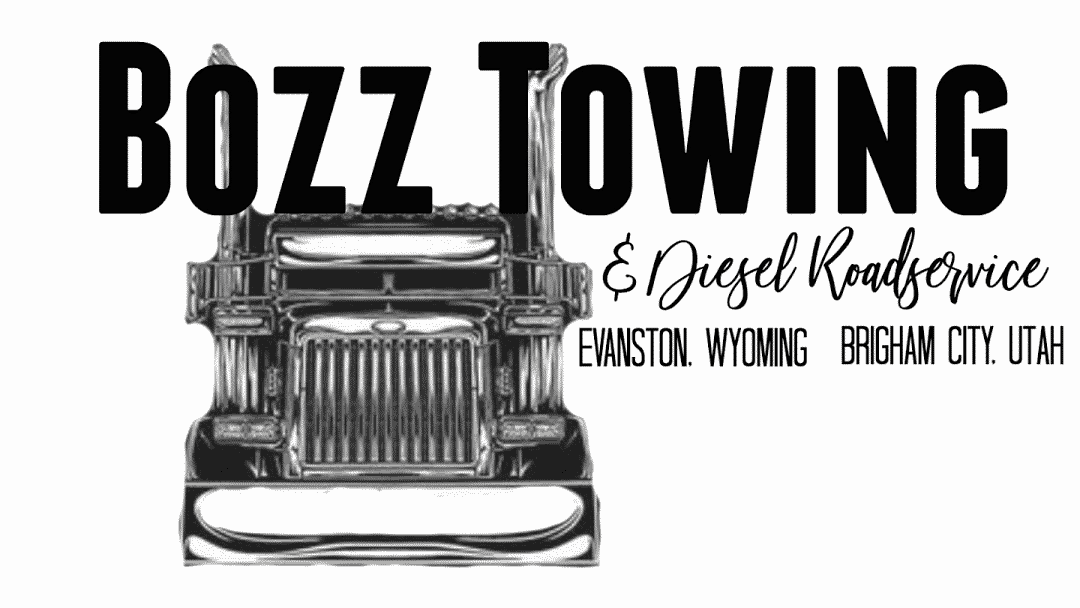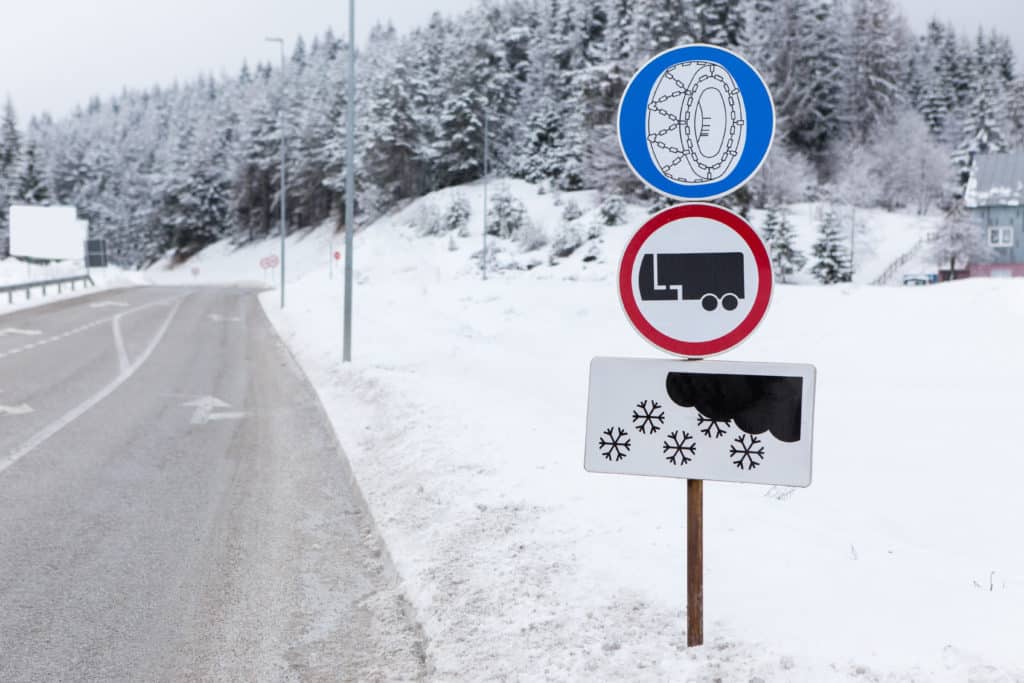Snow is fun to play in, but can be a hassle to drive in. Not only do you have to worry about your own truck slipping and sliding on the snow and/or ice, but you also have to worry about everyone else on the road as well. In a semi truck, it’s even more important to make sure that your rig can handle any weather, including snow. Investing in snow chains is a good way to ensure that you and your truck stay safe on the road during the winter months. Keep reading for all you need to know about snow chains for semi trucks.
How Snow Chains Work
Snow chains work by helping your truck get traction and preventing wheel spin. Tire chains wrap around your tire treads and latch on tightly, which helps your tires get a better grip on snow and ice. They also prevent wheel spin, which can actually harm your tires in the long run. Wheel spin happens when the force of the tire spin is greater than the tread-to-surface traction between your tire and the ground. Because snow and ice limit the traction your tire can get on the ground, wheel spin is a very real and common occurrence. Snow chains give you the following benefits during winter weather:
- giving more traction
- gives better control of the vehicle
- decreases wheel spin
- ideal for snow, ice, and mud
- convenience
When to Use Snow Chains
First, make sure that you are up to date with chain laws wherever you’re driving during the winter. This will help ensure you don’t run into any trouble if you need to use them. Some places actually require them when you’re driving.
Next, assess whether or not the road conditions you will be driving in call for snow chains. If there’s heavy ice or snow and it’s unsafe to drive without chains, then definitely opt to use them.
Finally, make sure that you have chains that are compatible with your specific tires. Having ill-fitting tire chains can be as dangerous as not having them at all, so make sure everything is in working order.
Do not use snow chains if:
- There is not very much snow or ice between your tire and the ground
- A road has recently been plowed
- You hear something abnormal when driving when they are on (chain hitting your truck, etc)
How to Use Snow Chains for Semi Trucks
Snow chains may look intimidating when you’re driving a semi, but they are relatively easy to place by hand and there are plenty of video references that can help you if you get stuck. The important thing to remember is to install it properly and make sure there is no slack on the chain, as it will inhibit the safety benefits of the chain. Follow these steps to hang a snow chain on your tire successfully:
- practice on dry land first before you need them in a pinch
- lay the chains flat
- inspect them to make sure there are no tangles or damage
- drape chains over the tire
- spread the chains evenly over the surface of the tire
- center the chains in the tread
- hook the inside clip
- tighten the cams
- final inspection before driving
Snow Chain Tips for Truckers
Use some of the following tricks and tips to ensure that you have a successful ride this winter with your snow chains.
- use the fifth wheel hook to help hook the inside clip
- add extra security to your chains – use bungee cords (try a spider bungee)
- examine your chains after use so they’re ready for next time
- don’t go too fast with snow chains – stay under 25 MPH
- check the chaining laws for your type of semi
- do not use the Johnson bar if your semi has one
- do not use jake brakes
- keep your windows down to listen for abnormal sounds from the chains
To learn more about snow chains and your semi, contact us today to learn more and for your towing needs.

